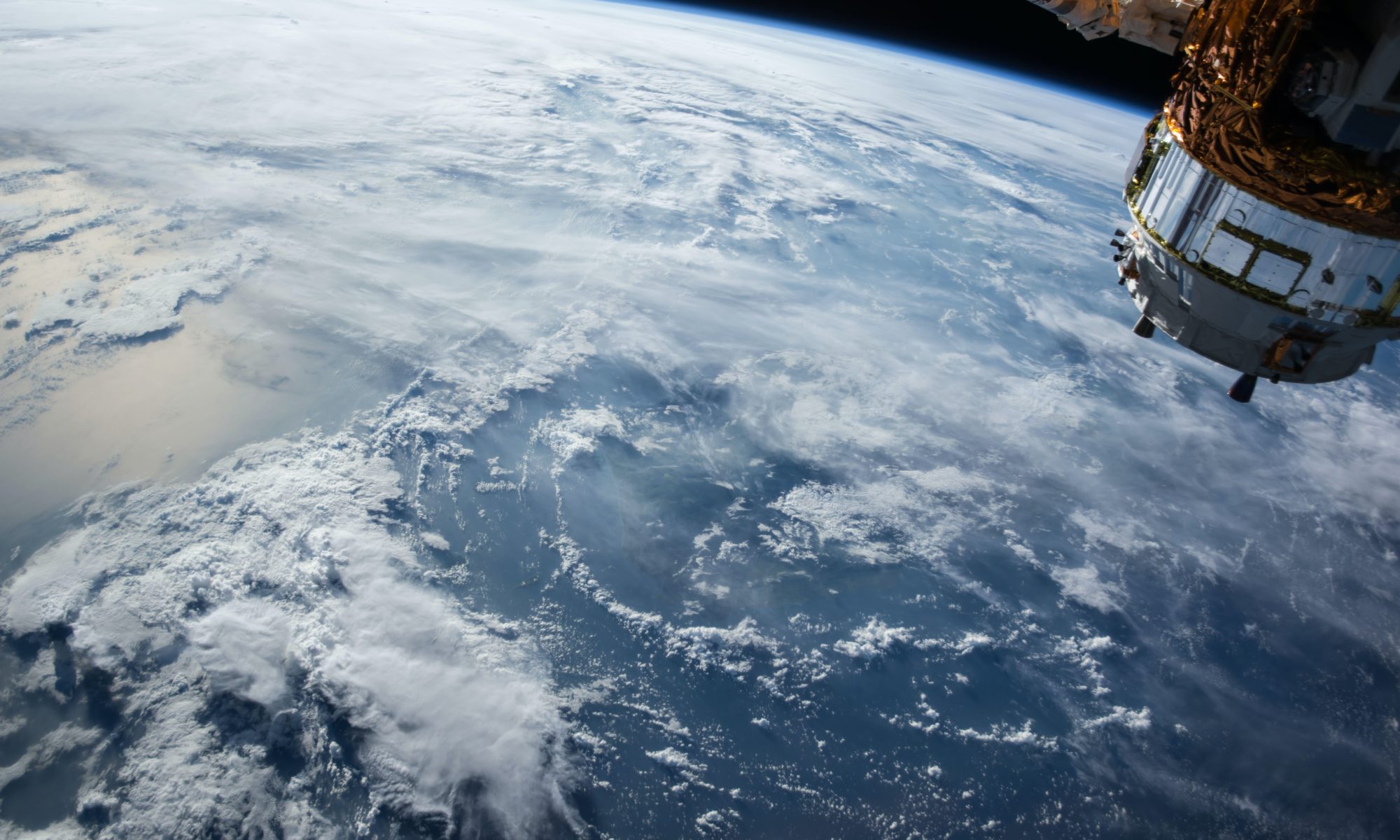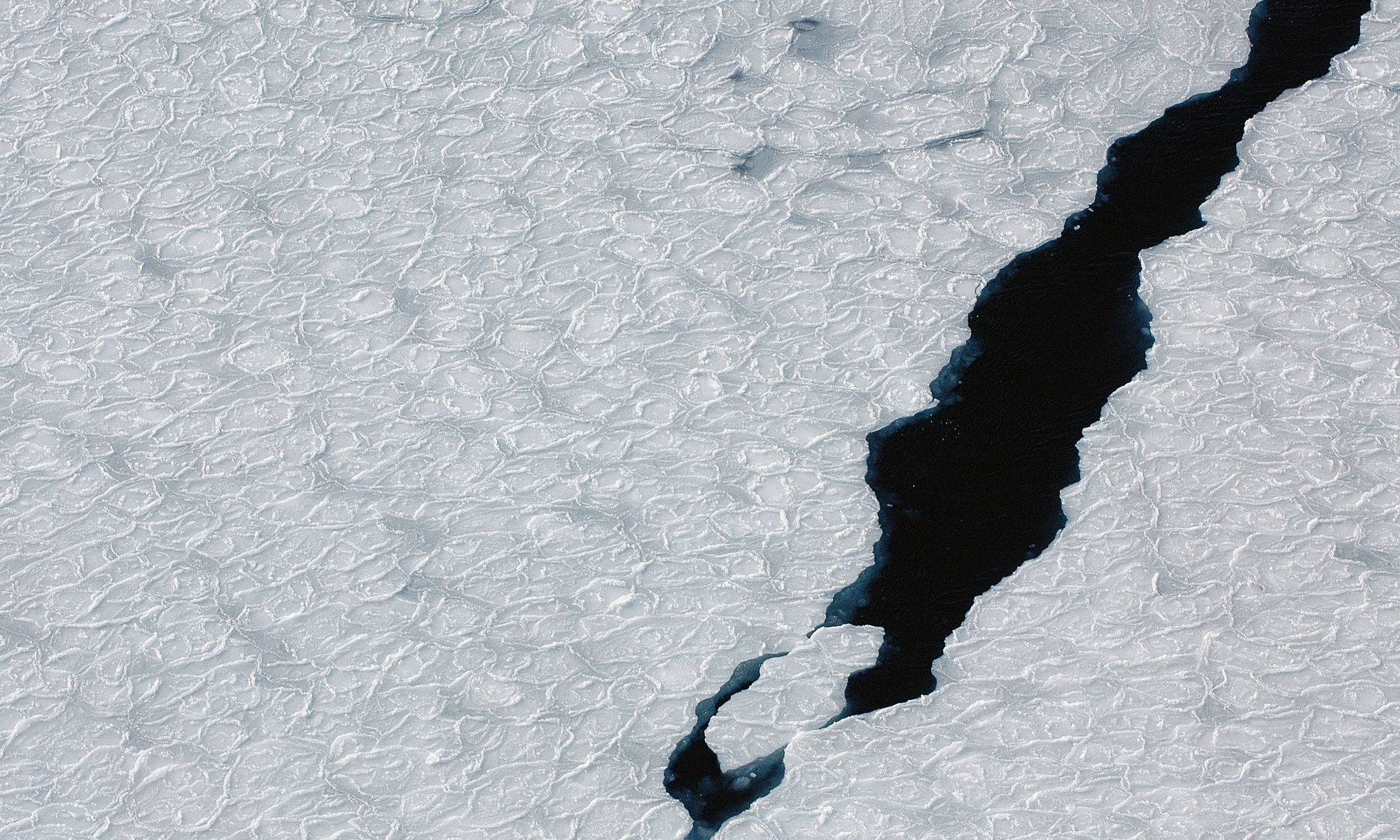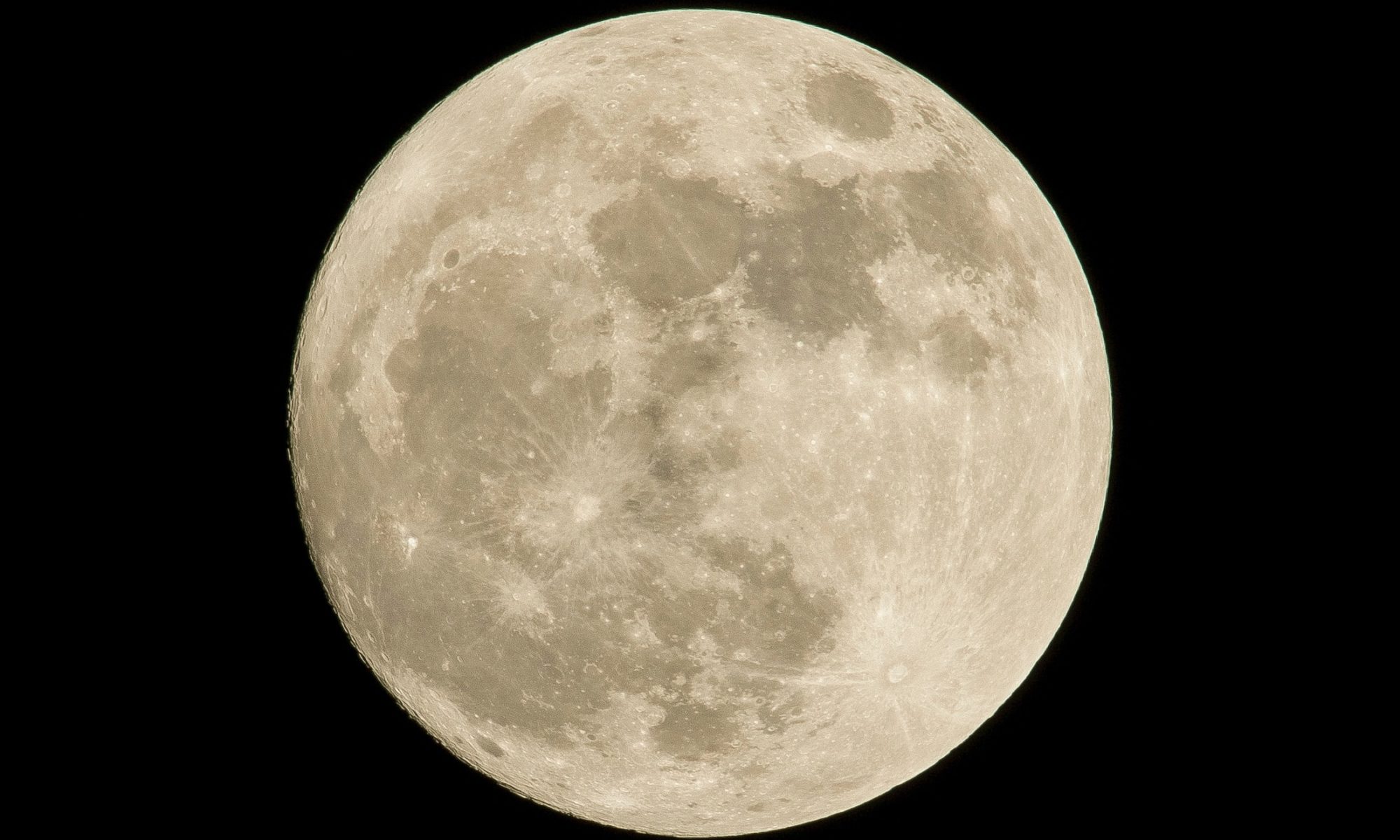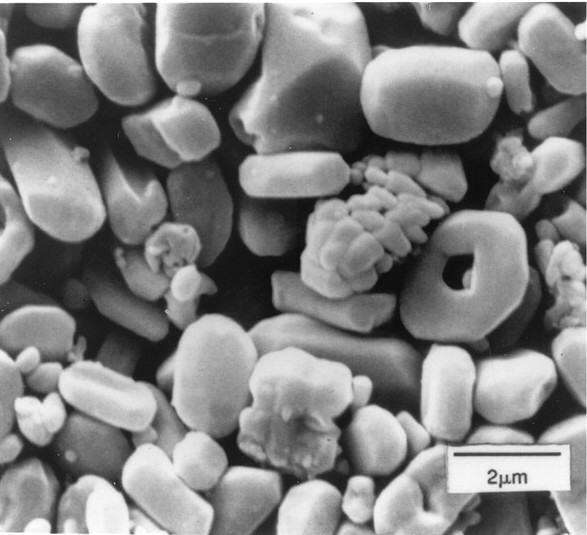Feature image: A satellite looks down at the surface of Earth. Image from Unsplash
Paper: Satellite and Ocean Data Reveal Marked Increase in Earth’s Heating Rate
Authors: N. G. Loeb, G. C. Johnson, T. J. Thorsen, J. M. Lyman, F. G. Rose, and S. Kato
At the most fundamental level, what causes climate change? Simply put, climate change is a symptom of an energy imbalance with more energy coming into Earth’s atmosphere than is able to go out. This imbalance drives changes in our climate system that scientists around the world study, including warming temperatures, rising sea levels, melting glaciers, and coral reef bleaching. Using two different kinds of observational data, a recent study has found evidence that the energy imbalance is increasing, which suggests climate change will only worsen.
Continue reading “Throwing Earth Off Balance: Evidence Grows that Our Planet is Heating Up Faster than in the Past”




